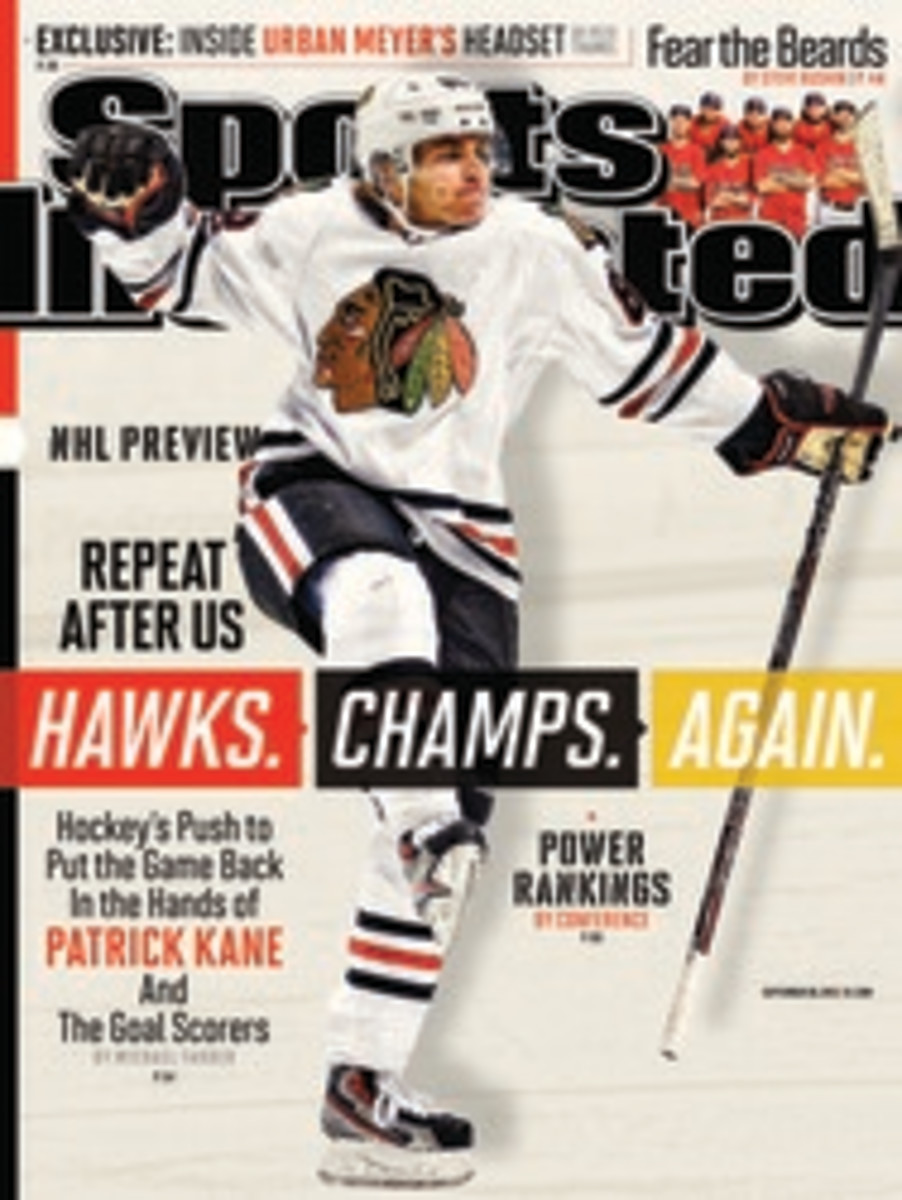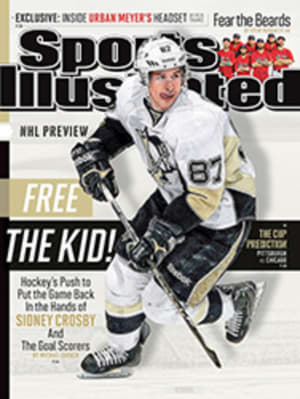
WHAT REALIGNMENT MEANS
WESTERN CONFERENCE
PACIFIC
CENTRAL
EASTERN CONFERENCE
METROPOLITAN
ATLANTIC
IN 2005--06 the NHL's big postlockout idea was to widen the offensive zones by moving the blue lines back two feet. This time around, the league's most drastic change is all about time zones. Shortly after the NHL and its players settled on a new CBA last January, the two parties agreed on a conference-realignment plan, moving the Red Wings and the Blue Jackets—who play in the Eastern time zone—out of the West, and moving the Jets out of the East, where their closest Southeast Division rival (the Capitals) was 1,244 miles away. Geographically the new setup makes sense. But trust us: It's complicated.
Instead of two 15-team conferences divided into three divisions each, the league is now split into two lopsided conferences, each with only two divisions. Players have embraced the changes, but the battle for playoff spots will be more difficult in the 16-team East, which now includes always formidable Detroit. "There are no locks in our division," Senators forward Jason Spezza says.
The playoff format is also revamped. Each conference still has eight berths, with the top three teams in each division earning automatic spots while two teams in each conference will earn wild-card spots. The conferences' top seeds will face the wild-card teams with the fewest points; the other division winners will face the wild-card teams with the second-fewest points. The other two playoff matchups will be intradivisional clashes between second- and third-place clubs.
The league is betting that postseason meetings between geographically close divisional foes will spark new rivalries. "It's not a new era but a chance to start something like that [with new feuds]," says Blackhawks captain Jonathan Toews. "I think it's an exciting time."
Realignment will diminish some historical rivalries, like the one between Detroit and Chicago. But Red Wings goalie Jimmy Howard notes that there is already no shortage of friction in the Atlantic Division. Ottawa fans, he says, are already pointing toward Dec. 1, when new Red Wings center Daniel Alfredsson will come to town to play against the team he captained for 13 seasons. And with four Original Six teams, the division seems built on historical animosity. "Every preseason, whenever we played the Leafs, I'd turn around and always see two fans fighting in the stands," Howard says. "I think we'll have plenty of rivals."
THIRTY PHOTOS

